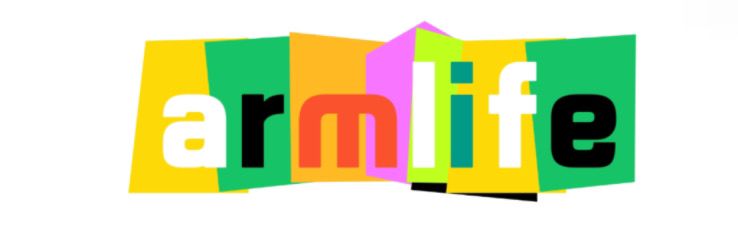25mm Sports Artificial Turf vs. Natural Grass: Which Is Better?
When it comes to sports fields, choosing the right surface can significantly impact the players' performance, maintenance costs, and overall experience. Two popular options for sports fields are 25mm sports artificial turf and natural grass. Each has its own set of benefits and drawbacks, making the decision process crucial for facility managers, coaches, and athletes alike.
Contact us to discuss your requirements of 25mm sports artificial turf. Our experienced sales team can help you identify the options that best suit your needs.
Understanding 25mm Sports Artificial Turf
25mm sports artificial turf is primarily designed for various athletic activities, including soccer, football, and field hockey. Its pile height of 25mm provides a balanced playing surface that mimics the feel of natural grass while offering enhanced durability.
Benefits of 25mm Sports Artificial Turf
Durability and Longevity
One of the standout features of artificial turf is its durability. Unlike natural grass, which can wear down and become muddy with heavy use, 25mm turf can withstand multiple games and training sessions without losing its integrity. This makes it a reliable choice for facilities that experience high traffic.Low Maintenance
Natural grass requires a significant amount of upkeep, including mowing, watering, and fertilizing. On the other hand, 25mm sports artificial turf requires minimal maintenance. Simple cleaning and occasional brushing are often all that's needed to keep the surface looking its best. This can save facilities time and money in the long run.Consistent Playing Conditions
Weather conditions can greatly affect the quality of natural grass, leading to muddy or uneven fields during rain or drought conditions. With artificial turf, players can expect consistent playing conditions year-round, regardless of the weather.Increased Playability
Artificial turf allows for extended playing hours, as it dries more rapidly than natural grass after rainfall. This ensures that games can proceed as scheduled, minimizing disruptions due to poor field conditions.
The Appeal of Natural Grass
While 25mm artificial turf offers numerous advantages, natural grass still retains its allure, especially for purists who appreciate the feel and aesthetics of real grass.
Advantages of Natural Grass
Environmental Benefits
Natural grass contributes positively to the environment. It absorbs carbon dioxide, produces oxygen, and can even help with groundwater recharge. A field of lush grass can also provide a habitat for local wildlife, promoting biodiversity.Cooler Surface Temperature
Authentic grass tends to stay cooler than artificial surfaces, especially in direct sunlight. This can be an essential factor for athletes, as cooler environments can help prevent overheating during intense activities.Player Experience
Many athletes prefer the feel of natural grass underfoot. It provides a softer landing, which can reduce the impact on joints. This can be important for player safety, especially over prolonged exposure to hard surfaces.
Cost Considerations
When comparing costs between 25mm sports artificial turf and natural grass, initial investment and long-term expenses must be taken into account.
Initial Investment vs. Long-Term Savings
Installing artificial turf typically requires a higher upfront cost than planting natural grass. However, the long-term savings on maintenance and water usage can offset the initial investment. Facilities should consider their budget and how frequently the field will be used to determine the best option.
Making the Right Choice
Ultimately, whether to choose 25mm sports artificial turf or natural grass boils down to the specific needs and goals of the facility. Each option has its unique attributes, making it essential to weigh the pros and cons carefully.
Conclusion: What’s Best for You?
Deciding between 25mm sports artificial turf and natural grass is not a one-size-fits-all solution. If you prioritize durability, low maintenance, and consistent playing conditions, artificial turf might be the optimal choice. However, if environmental considerations, player comfort, and aesthetics are more important, you may want to stick with natural grass.
In the end, it's vital to assess the specific requirements of your sporting facility, and how each surface will serve your athletes and operational needs. Whether artificial or natural, the best choice will ultimately enhance the sporting experience for everyone involved.
Are you interested in learning more about Outdoor Athletic Turf? Contact us today to secure an expert consultation!

